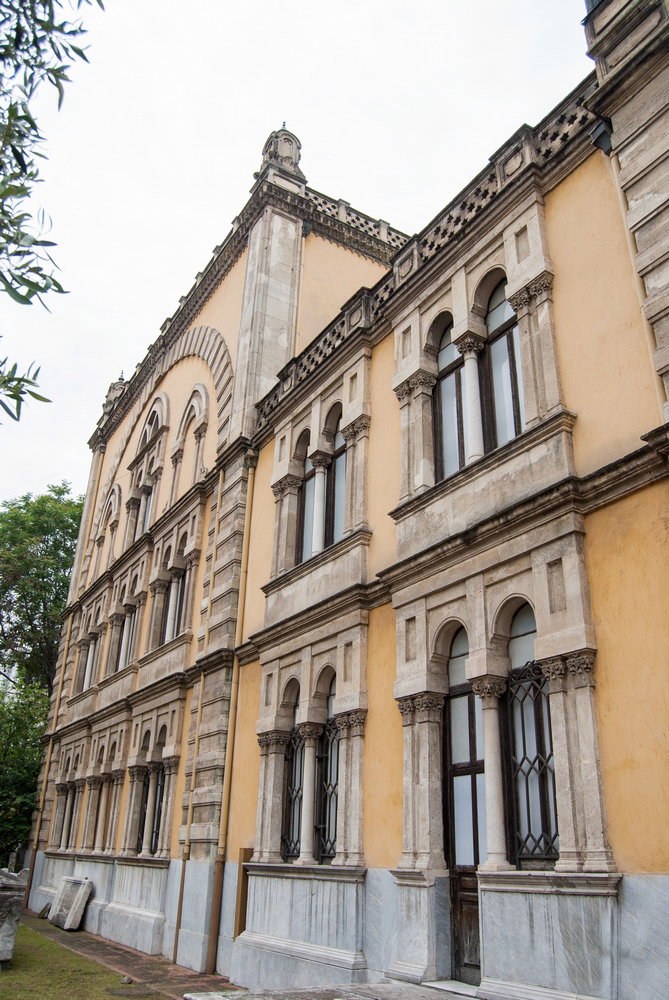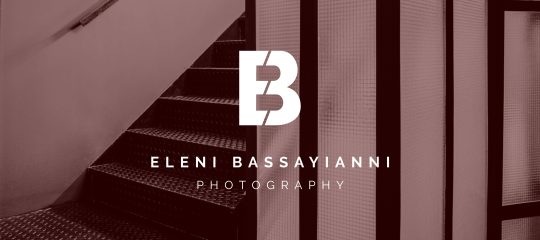Yeni Mosque
Yeni Mosque is the mosque of the Jews of Thessaloniki, who converted to Islam that perfectly combines the Muslim tradition with eclectic architecture.
Location
Timeline
Modern and Contemporary era (1912 - )
1925 Converted into an archaeological museum and remained so until 1963.
1986 Used as an exhibition space by the municipality.
Ottoman era (1453- 1912)
1902 Constructed on a design by the Italian architect Vitalliano Pozeli.








Share